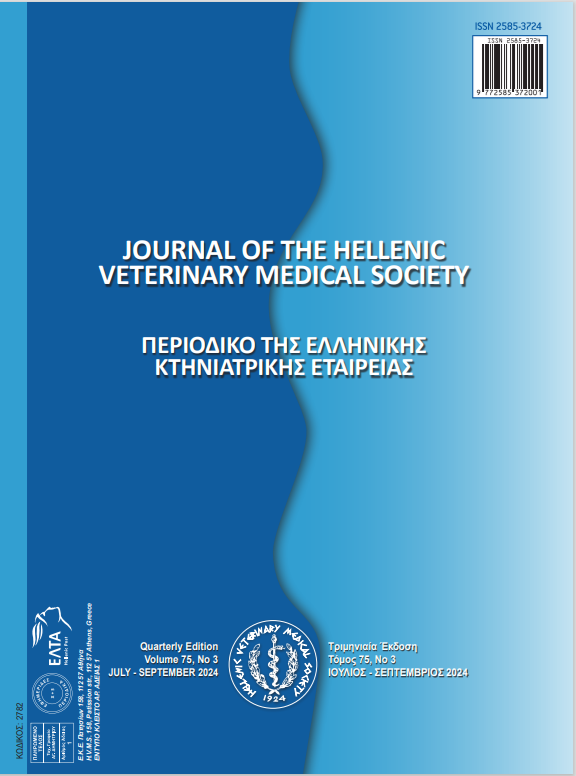GH, SEMA3E and TLX gene polymorphism and its association with egg quality traits of quail
Аннотация
This study attempted to determine the relationship between the GH, Sema3E, and TLX genes and egg quality traits using the PCR-RFLP technique in Japanese quail. Three genotypes and two alleles were obtained by cutting the GH gene with the MspI enzyme, the Sema3E gene with the HaeIII enzyme, and the TLX gene with the PstI enzyme. The allele frequency and the frequency of heterozygous genotypes were higher for all genes. There was no statistically significant relationship between egg quality traits and genotypes. However, it was found that the eggs of the animals with the A allele for the GH gene had a higher shape index. Similarly, eggs from animals with the A allele for the Sema3E gene were found to be heavier. In light of previous studies and these results, it is believed that these genes can be used as selection markers for egg quality traits.
Article Details
- Как цитировать
-
Ilhan, F. (2024). GH, SEMA3E and TLX gene polymorphism and its association with egg quality traits of quail. Journal of the Hellenic Veterinary Medical Society, 75(3), 7669–7674. https://doi.org/10.12681/jhvms.33629
- Выпуск
- Том 75 № 3 (2024)
- Раздел
- Research Articles

Это произведение доступно по лицензии Creative Commons «Attribution-NonCommercial» («Атрибуция — Некоммерческое использование») 4.0 Всемирная.
Authors who publish with this journal agree to the following terms:
· Authors retain copyright and grant the journal right of first publication with the work simultaneously licensed under a Creative Commons Attribution Non-Commercial License that allows others to share the work with an acknowledgement of the work's authorship and initial publication in this journal.
· Authors are able to enter into separate, additional contractual arrangements for the non-exclusive distribution of the journal's published version of the work (e.g. post it to an institutional repository or publish it in a book), with an acknowledgement of its initial publication in this journal.
· Authors are permitted and encouraged to post their work online (preferably in institutional repositories or on their website) prior to and during the submission process, as it can lead to productive exchanges, as well as earlier and greater citation of published work.




